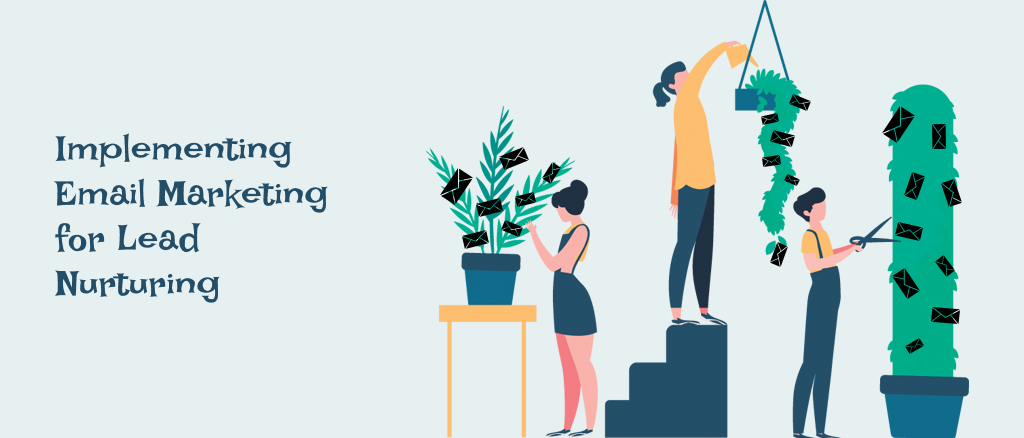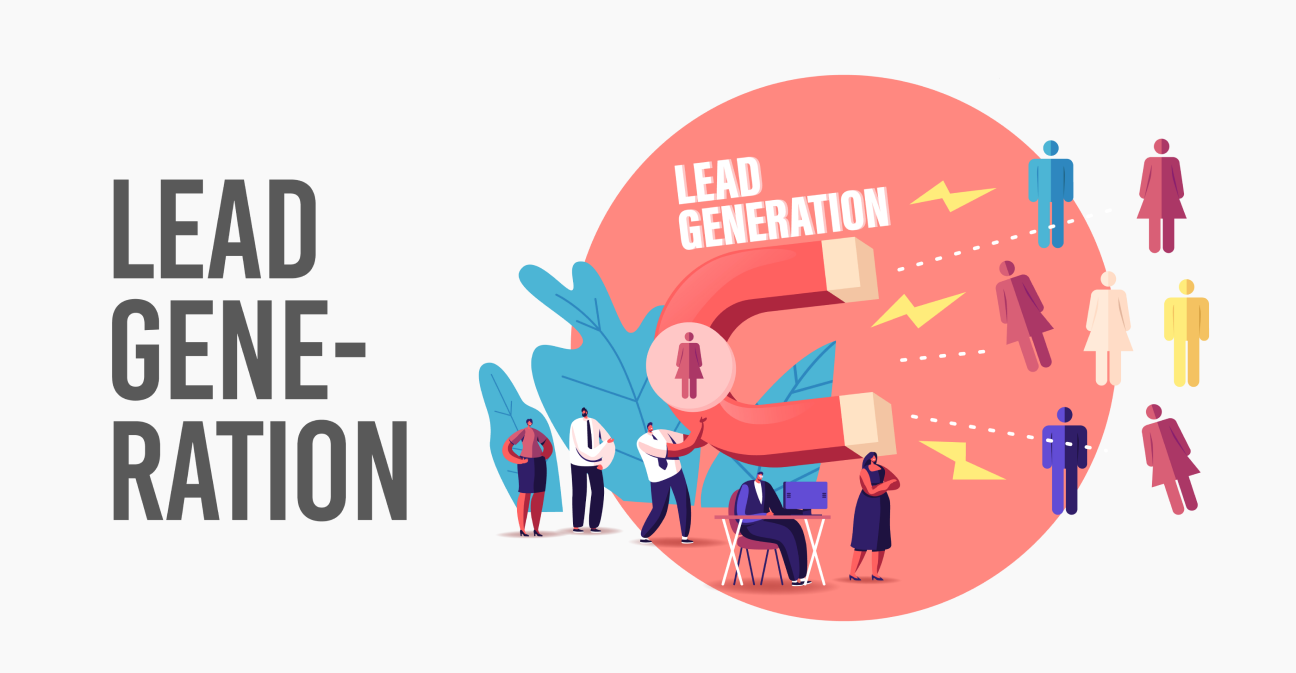Introduction to Lead Generation: Understanding the Basics
Lead generation is the process of attracting and converting potential customers into leads by providing them with valuable content, offers, and information. It is an essential aspect of any successful marketing campaign. The primary goal of lead generation is to increase sales and revenue by identifying prospects and nurturing them into customers. This comprehensive guide will provide you with everything you need to know about lead generation, from crafting your ideal customer profile to measuring and analyzing your results.
Crafting Your Ideal Customer Profile (ICP)
Before you start generating leads, it is crucial to understand your target audience. Crafting your ideal customer profile (ICP) will help you identify the characteristics of your ideal customer based on demographics, psychographics, and behavior. Understanding your ideal customer will help you tailor your marketing efforts to their specific needs and preferences. To create your ICP, consider factors such as age, gender, income, interests, pain points, and buying habits.
Optimizing Your Website for Lead Generation

Your website is often the first point of contact between your brand and potential customers. Therefore, it is essential to optimize your website to maximize lead generation. Some key elements of a lead-generating website include a clear value proposition, easy navigation, strong calls to action, and mobile responsiveness. You should also ensure that your website is optimized for search engines by using relevant keywords, meta descriptions, and title tags.
Creating Effective Landing Pages that Convert
A landing page is a standalone web page designed to convert visitors into leads. Landing pages typically have a single objective, such as capturing contact information or encouraging visitors to download an ebook or whitepaper. To create an effective landing page, you should use compelling headlines, persuasive copy, eye-catching images or videos, and a clear call to action. You should also ensure that your landing page is consistent with your brand's messaging and design.
Crafting a Compelling Lead Magnet
A lead magnet is an incentive that you offer to potential customers in exchange for their contact information. Lead magnets can take many forms, such as ebooks, webinars, whitepapers, or free trials. To create a compelling lead magnet, you should choose a topic that is relevant to your target audience's interests and pain points. Your lead magnet should provide valuable information or insights that they cannot find elsewhere.
Building Effective Lead Funnels
A lead funnel is a series of steps that a potential customer goes through to become a paying customer. Lead funnels typically start with awareness, followed by consideration, and end with a conversion. To build an effective lead funnel, you should map out each stage of the buyer's journey and create content or offers that appeal to prospects at each stage. You should also use marketing automation tools to nurture leads and guide them through the funnel.
Implementing Email Marketing for Lead Nurturing

source : quickemailverification
Email marketing is a powerful tool for lead nurturing, as it allows you to communicate with potential customers on a regular basis. To implement email marketing for lead nurturing, you should create a series of automated email campaigns that deliver valuable content, offers, and information to your prospects. You should also segment your email list based on factors such as demographics, behavior, or interests, to ensure that your messages are relevant and targeted.
Harnessing the Power of Social Media for Lead Generation
Social media platforms such as Facebook, Twitter, and LinkedIn can be effective channels for lead generation. To harness the power of social media for lead generation, you should create engaging and shareable content that resonates with your target audience. You should also use social media advertising to reach a wider audience and target prospects based on demographics, behavior, or interests.
Utilizing Paid Advertising for Lead Generation
Paid advertising is a powerful tool for generating leads, as it allows you to target specific audiences and drive traffic to your website or landing pages. Some popular platforms for paid advertising include Google Ads, Facebook Ads, LinkedIn Ads, and Twitter Ads
To utilize paid advertising for lead generation, you should first identify your target audience and choose the most appropriate platform to reach them. You should also create compelling ad copy, select eye-catching images or videos, and include a clear call to action
One effective approach to paid advertising is to use retargeting, which involves targeting users who have previously interacted with your brand. Retargeting can be especially effective for lead generation, as it allows you to reach users who have already shown an interest in your product or service
Measuring and Analyzing Your Lead Generation Results
Measuring and analyzing your lead generation results is essential for optimizing your marketing efforts and improving your return on investment (ROI). Some key metrics to track include:
- Number of leads generated
- Conversion rate
- Cost per lead
- Lead quality
- Customer acquisition cost (CAC)
- Return on investment (ROI)

To measure and analyze your lead generation results, you should use a combination of tools, such as Google Analytics, marketing automation software, and CRM systems. You should also establish clear goals and benchmarks for your lead generation efforts and regularly review and adjust your strategies based on your performance data.
Conclusion
In conclusion, mastering lead generation is critical for any marketer looking to grow their business. By crafting your ideal customer profile, optimizing your website and landing pages, creating compelling lead magnets, building effective lead funnels, implementing email marketing and social media strategies, utilizing paid advertising, and measuring and analyzing your results, you can generate high-quality leads that drive revenue and growth for your business. Lead generation is a critical aspect of any successful marketing campaign. To grow your business and increase your revenue, you need to attract potential customers and convert them into paying customers. However, with so many strategies and tactics available, it can be challenging to know where to start. In this article, we'll share 10 proven strategies for effective lead generation that you can use to grow your business.





